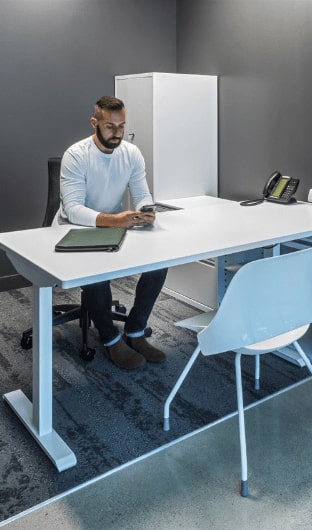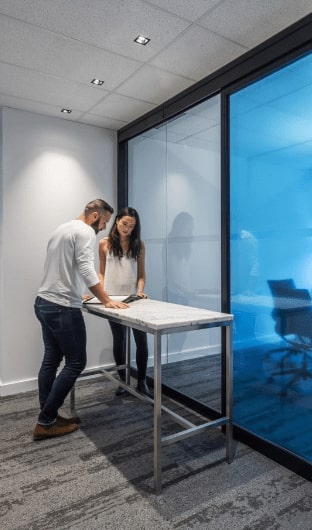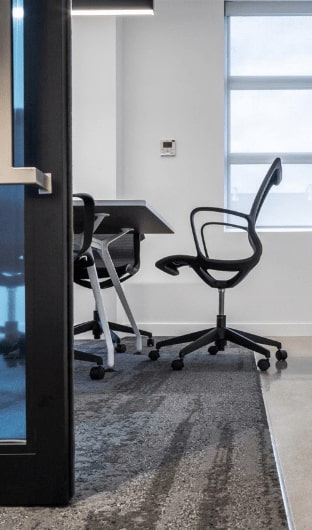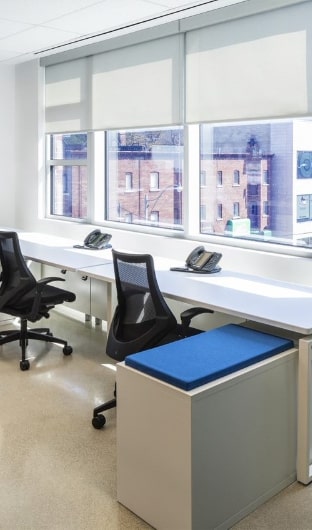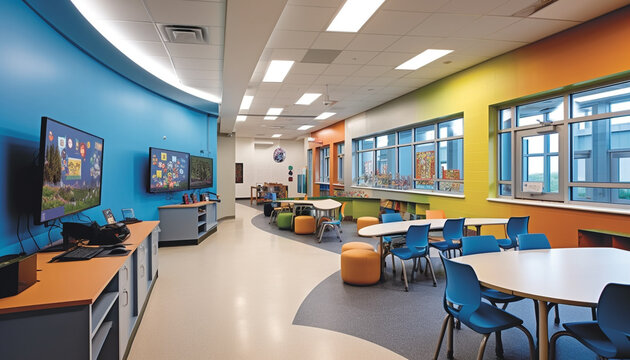
The Evolution Of Classroom Design
The design of classrooms has undergone significant changes over the years. The traditional classroom of the past is vastly different from the classrooms of today. In the early 20th century, classrooms were designed to be rigid and hierarchical, with students sitting in rows and the teacher at the front of the classroom. However, the 21st century has seen a significant shift towards more flexible and collaborative classroom designs. In this article, we will look at how the classroom design has evolved from the traditional row system to a more flexible and interactive design that allows students to engage and interact with teachers and peers.
Addition Of Modular Furniture
Gone are the days of bulky, uncomfortable desks and chairs. Modern classrooms are opting for more ergonomic and adjustable furniture that can be easily moved around, and customized to meet the needs of each student. This includes everything from standing desks to bean bag chairs.
Modular classroom furniture provides a plethora of benefits to learners compared to traditional classroom furniture. Apart from flexible and adaptable learning environments, it provides the ability to quickly rearrange desks and chairs to suit different lesson plans or group activities. This means that students can work in a variety of formats and settings, promoting creativity and collaboration.
Additionally, modular furniture is often designed with ergonomics in mind, providing students with comfortable seating and good posture support. This can help to prevent physical discomfort and fatigue, allowing students to concentrate for longer periods of time.
Change In Furniture Arrangement
Today’s classrooms are designed to be more interactive, engaging, and comfortable. Furniture is arranged in a way that supports collaborative learning, group work, and independent study. Rather than rows of desks facing the front of the classroom, many modern classrooms are opting for circular or U-shaped arrangements for increased interaction.
Flexible seating options, such as bean bags, standing desks, and floor cushions, are becoming increasingly popular in educational facilities. These options allow students to choose a comfortable and personalized learning environment that suits their individual needs.
Overall, modern classroom furniture arrangement is all about creating a dynamic and inclusive learning space that fosters creativity, critical thinking, and active participation.
Colour Matters
Modern classroom designers understand that colour can have a profound impact on mood and learning environment, which is why many modern classrooms are choosing bright, cheerful colours that promote a positive, energetic atmosphere. This includes everything from brightly coloured accent walls to colourful furniture and accessories.
It’s also important to consider the age group of the students when selecting colours. Younger children may benefit from exposure to brighter colours and more visual stimulation, while older students may prefer neutral or muted tones that improve their concentration.
Adequate Natural Lighting
Good lighting is essential for a productive learning environment, and many modern classrooms are opting for natural lighting whenever possible.
It has been proven that good lighting can improve concentration, reduce eye strain, and boost motivation. Bright lighting stimulates the brain and increases alertness, which helps students to stay focused and attentive. Adequate lighting also reduces the risk of headaches and eye fatigue, which can distract students from their studies. Furthermore, proper lighting can create a comfortable and welcoming environment, which can positively impact students’ moods and motivation.
Modern educational spaces incorporate large windows and skylights that let in plenty of sunlight, as well as install adjustable lighting fixtures that can be customized for different activities.
Integration With Technology
One of the latest trends in classroom design is the integration of technology. Interactive whiteboards, tablets, and other digital devices are becoming more common in classrooms worldwide, allowing teachers to create a more engaging and interactive learning experience. Additionally, classrooms are now designed to be more inclusive, with features such as wheelchair accessibility and sensory-friendly environments.
The needs of modern students are ever-changing, and educational facilities need to be designed to accommodate the unique requirements of all students. Connect with our design experts at Harkel Office today for your educational institution’s redesign, and Get It Right!


